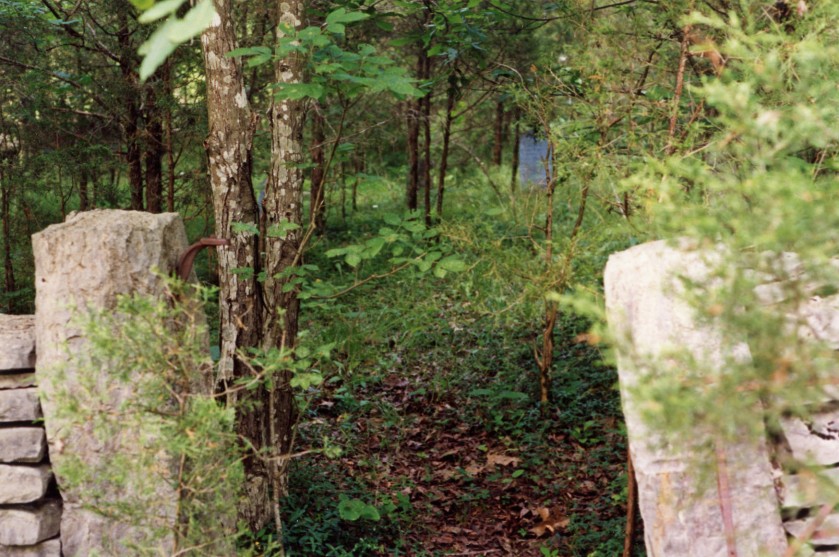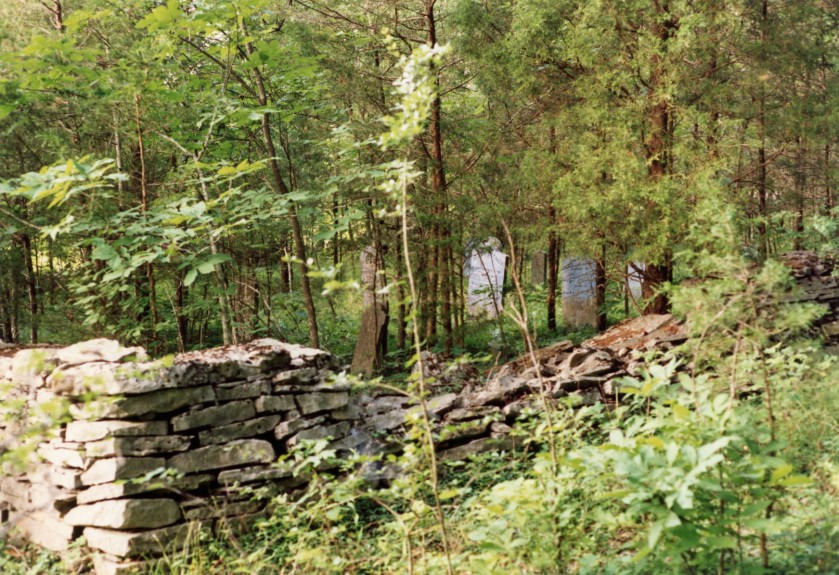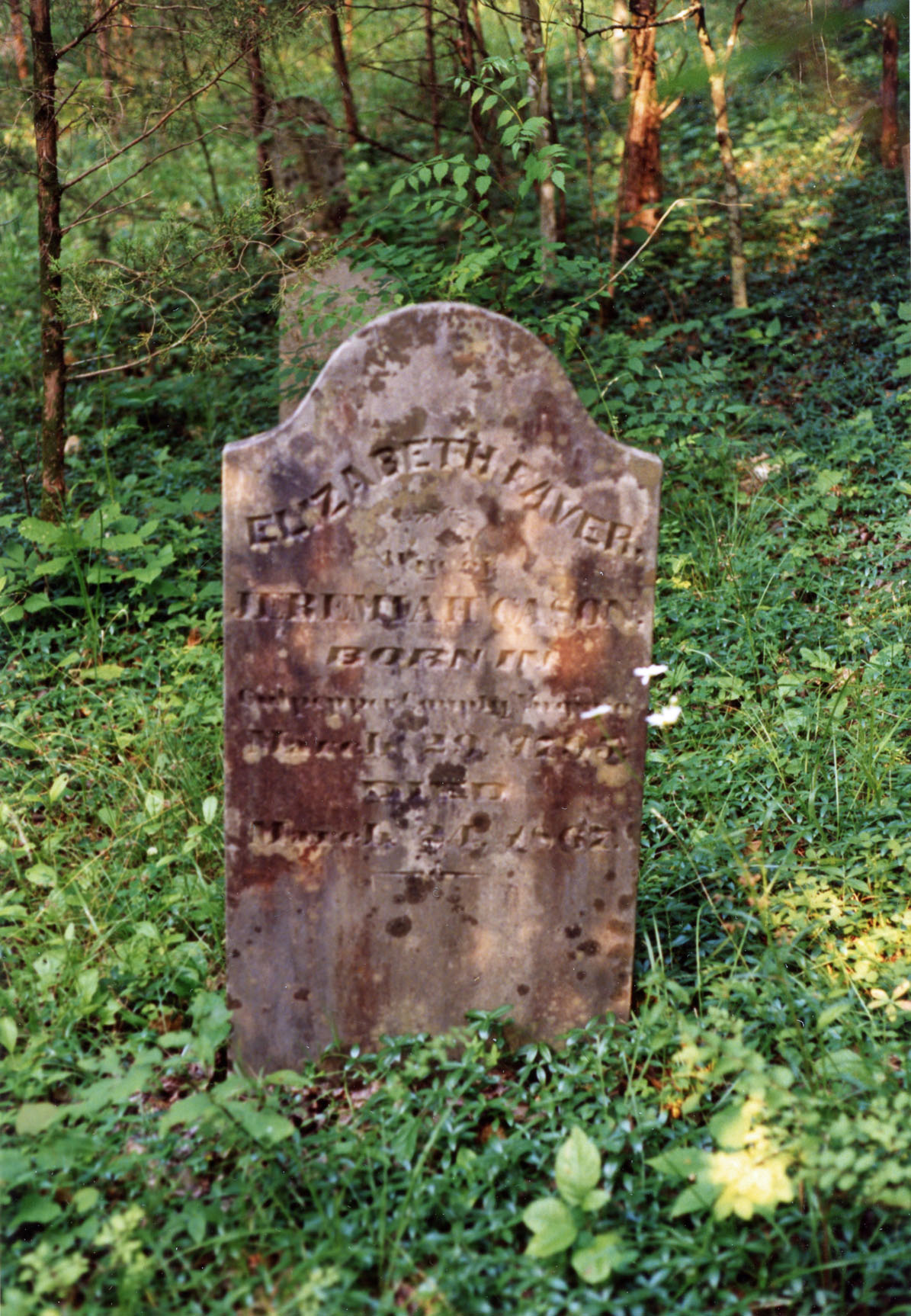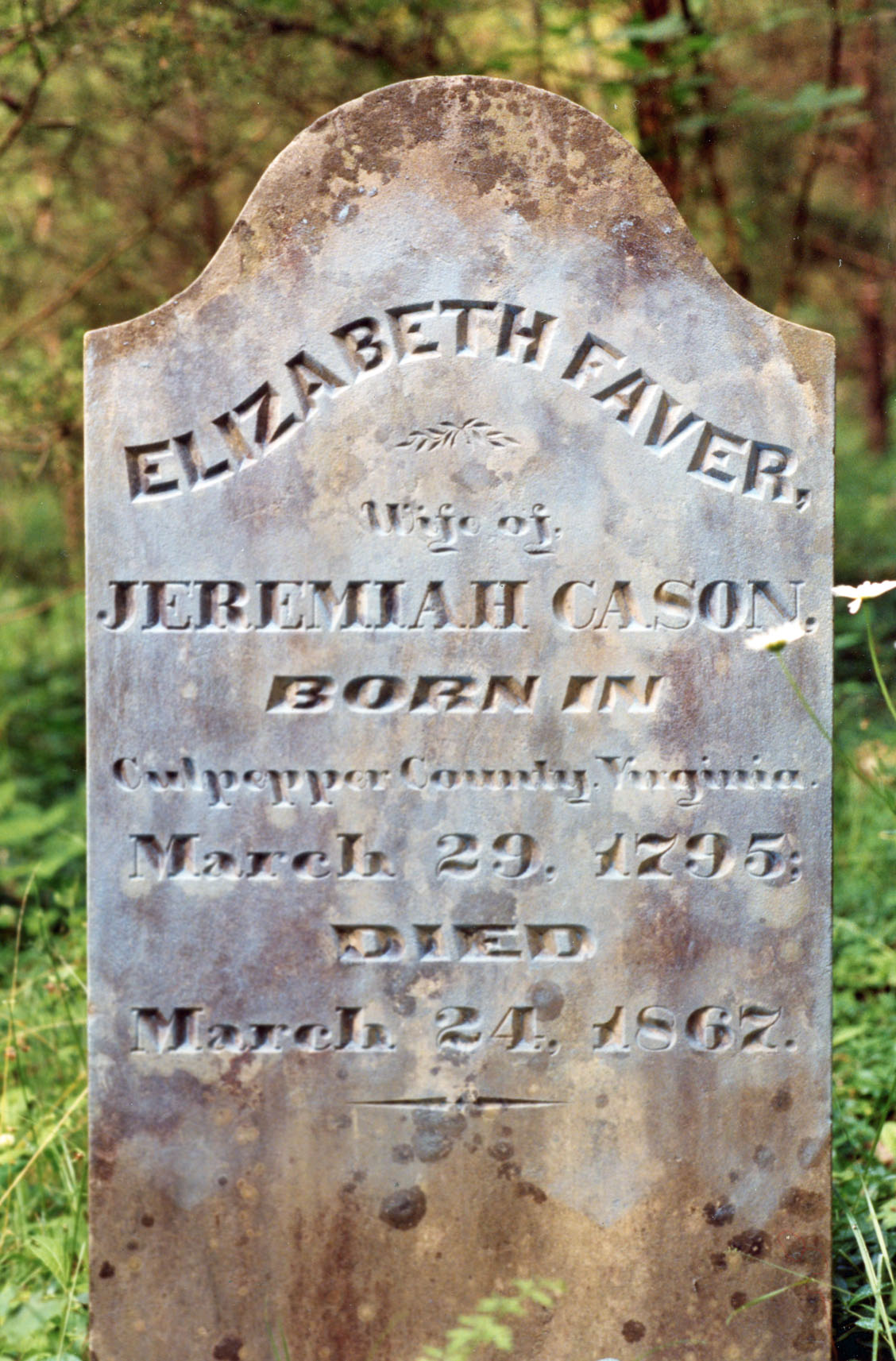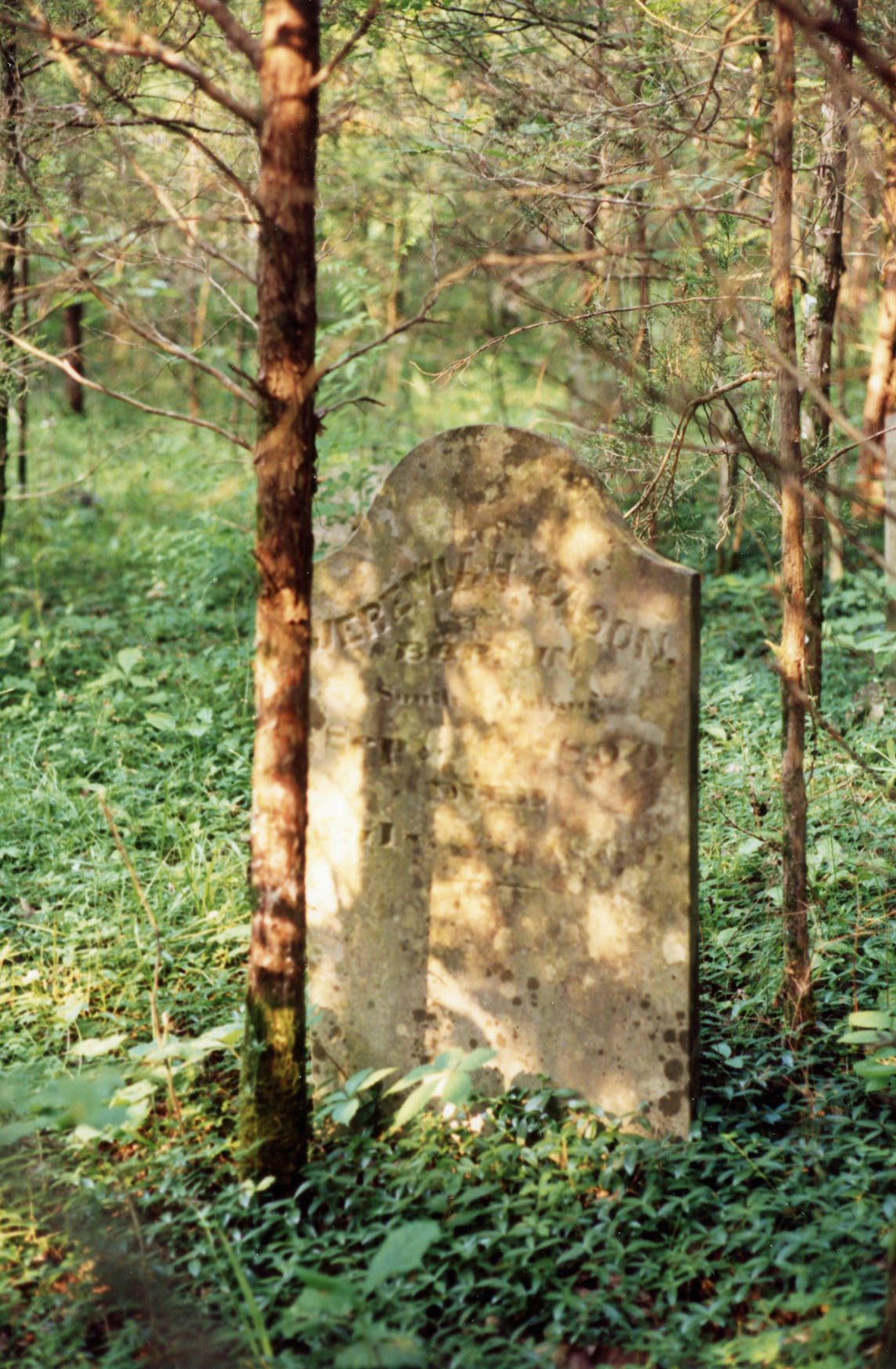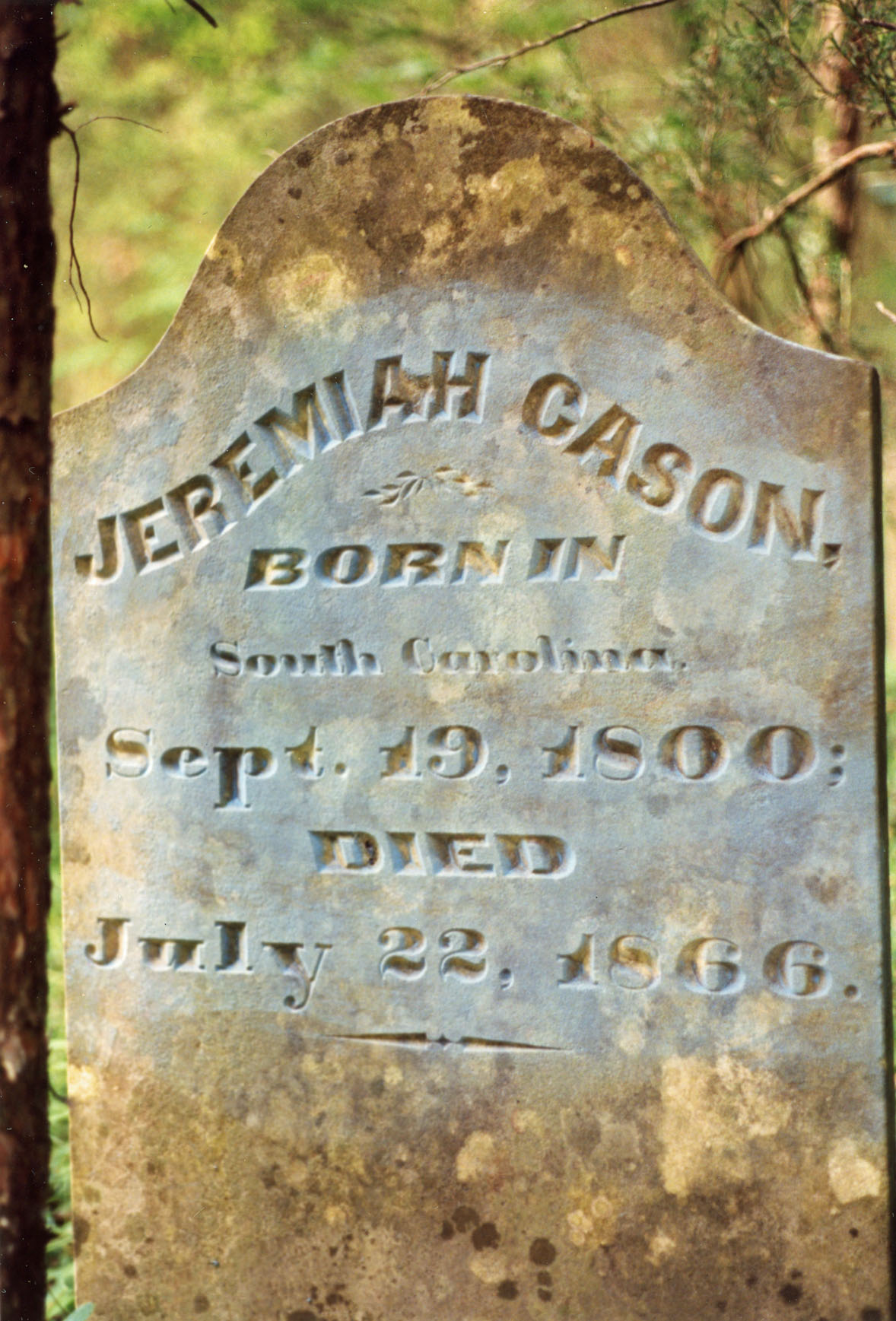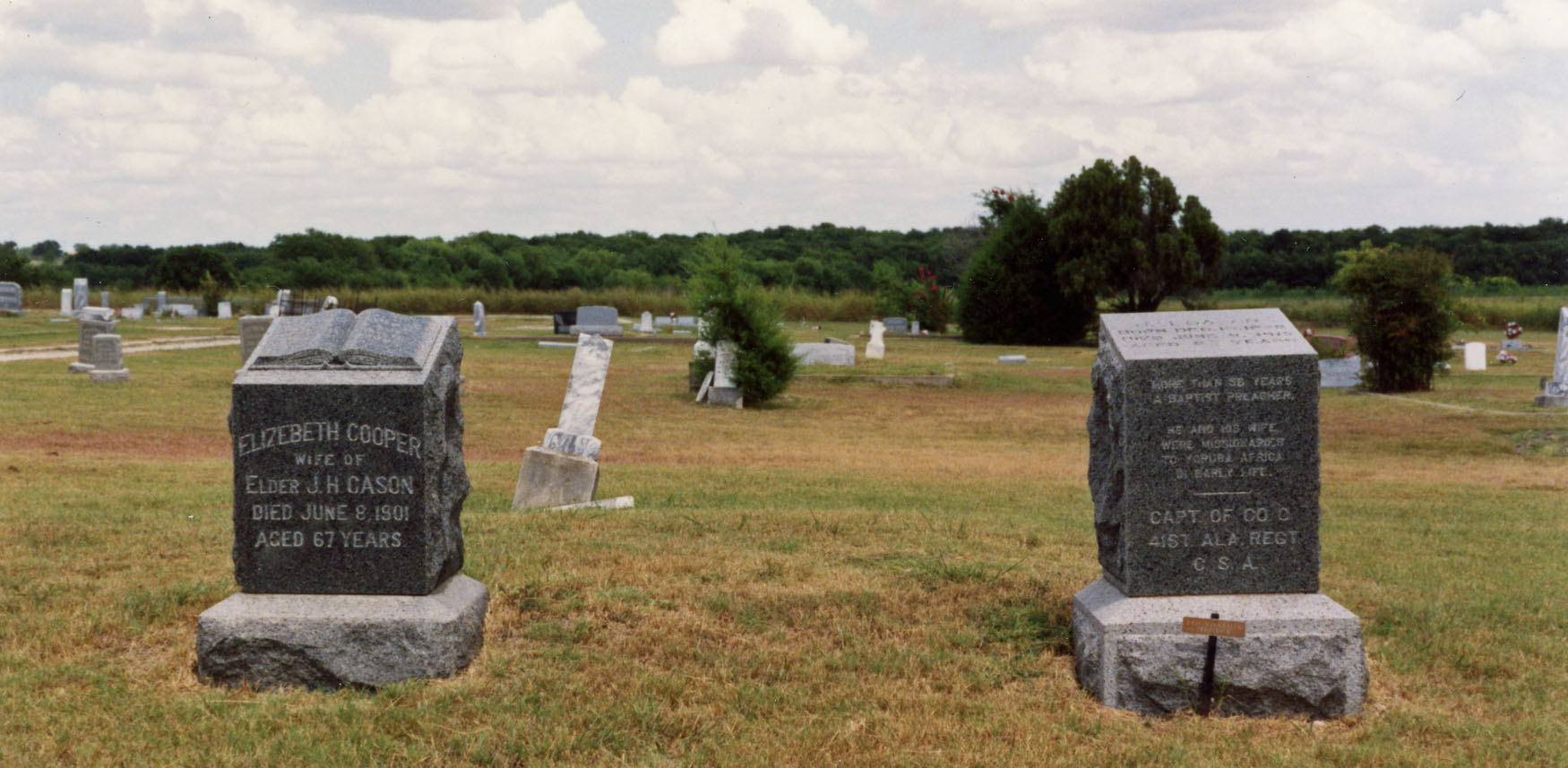Namesake – 52 Ancestors in 52 Weeks
Seems like just last week that I was talking about old J.H. Cason and here we go again. I keep track of these stories and really do try to keep from repeating, but there are just so many times that the Casons and their kin are just exactly the right people with the best stories.
The Reverend Jeremiah H. Cason could be a tough old bird. My grandmother said that when her grandfather came to visit, the whole house was turned upside down. Everything was his way, with no discussion or dissension. He had gone to Africa as a missionary in the 1850s and to war in the 1860s and had preached his way across the south ever since then and knew how to be tough. Discipline and rules were important to who he was, to his view of the world, and to his faith. But, he also knew how to be tender and clearly had a soft side that came out from time to time.
Interestingly, he was named for his father, Jeremiah Cason, born in 1800. (We visited his grave last week.) And he has generations of men named for him, all called Jere in one form or fashion, some of whom you have already met. But that’s not the namesake I want to tell you about today.
Little Bettie Higgs was born on the 24th of November, 1903 to Lida Cason Higgs and J.W. “Will” Higgs. She was their fourth child and second daughter.
On the day that her grandfather heard of her birth, J.H. Cason, that crusty old guy, sat down and wrote a tender letter to her to welcome her to the world and to the family, to tell her about those who went before her, and to share some wishes for her future. It’s an amazingly touching letter for someone who could be so gruff and crusty.
My dear little darling, I have this morning heard of your safe arrival on Nov 26th, 1903. Upon our National Thanksgiving Day. Your coming among us makes the Thankgiving Day more sacred and fixes it upon the tablet of our hearts and fixes it upon the register of our memories. We are glad to welcome you to a share in our cares and burdens and to a place in our hearts and to the joys of our holy religion.
Then, he goes on to explain to Bettie how important her name is. He tells her about her grandmother
You may be curious to know why the name of Bettie was given to you. Your grand mother Cason was named before her marriage Elizabeth (Bettie) Cooper. The name Elizabeth (Bettie) has long been a family name in the Cooper and Cason families.
Grandpa Cason goes on, then to spend two pages mapping out her parents, grandparents, and ancestors for five or six generations! For the most part, these would have been people that Jere Cason would have known or would have well known about. What a gift! On top of that, since this was a letter to an infant, Bettie’s mother, Lida Cason Higgs, annotated the letter over the years. And she added a touching postscript:
My precious child, God was good to you in giving you these two noble people as grand parents. May you be worthy of them. Mother.
Bettie isn’t a rare or uncommon name. Certainly not in those days. But, it’s interesting that in every generation going back, Bettie Higgs had a grandmother or aunt with whom she shared a name, going back at least 150 years in both directions.
Grandpa Cason finishes his letter encouraging Bettie in her faith. He assures her that, since he is already getting old, that they may not have a chance to know each other well. But they will certainly meet again in heaven if she embraces her faith. He clearly misses and grieves for his wife, Bettie Cooper Cason, who died just two years before. The old preacher makes sure that Bettie knows not only that he loves her, but that Jesus does as well.
No precious darling, if you never see or remember your grand papa you must know that he loves you and has prayed to the Lord for you. It was easy for the Lord to take care of me seventy one years, infancy, childhood, youth, and manhood down to old age. He can take care of you, as easy as he has your grand papa. Only love Him and trust Him and you will meet all the good people where Jesus lives.
What a wonderful was to greet a baby, even though it may be years and years before they grow to appreciate it. J.H. Cason probably greeted all of his grandchildren with a letter. I have seen several and can only assume that he made a point of doing this for all of them.
But, only in this one, did he lay out the history of the infant’s name. You can feel how much he misses his Bettie and how much he hopes and prays for the future for this Bettie. I am sure that she did not disappoint him. She was something special.








